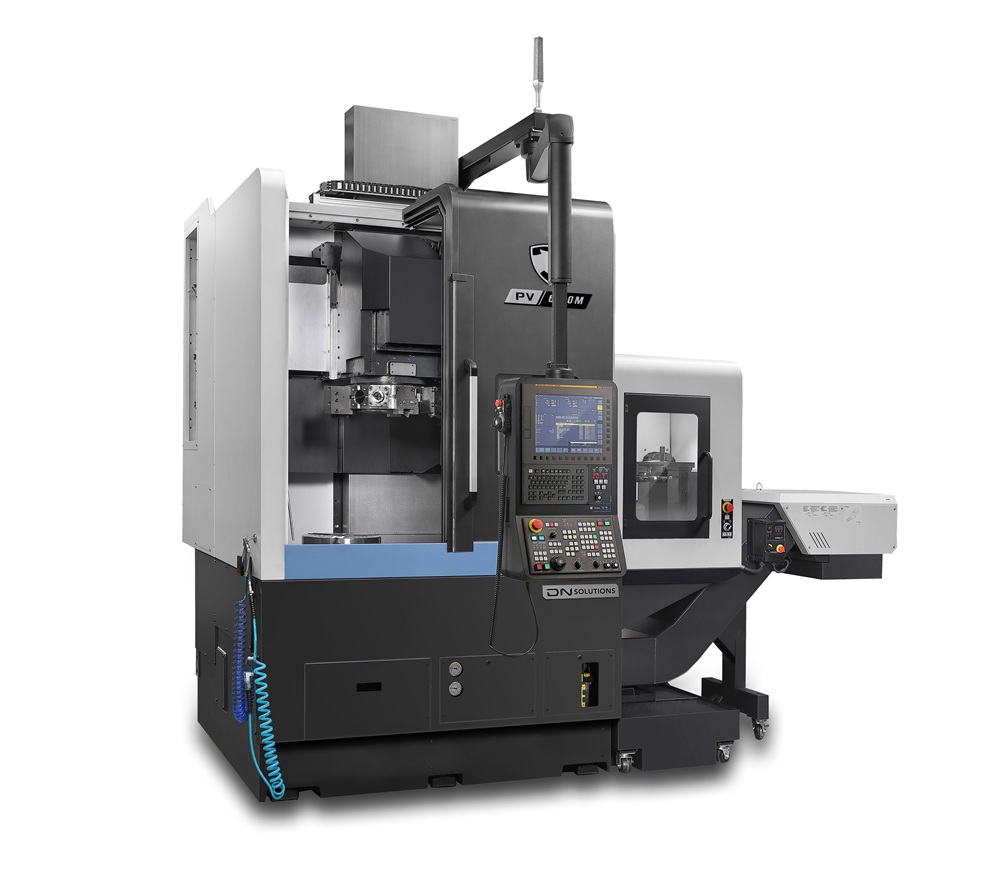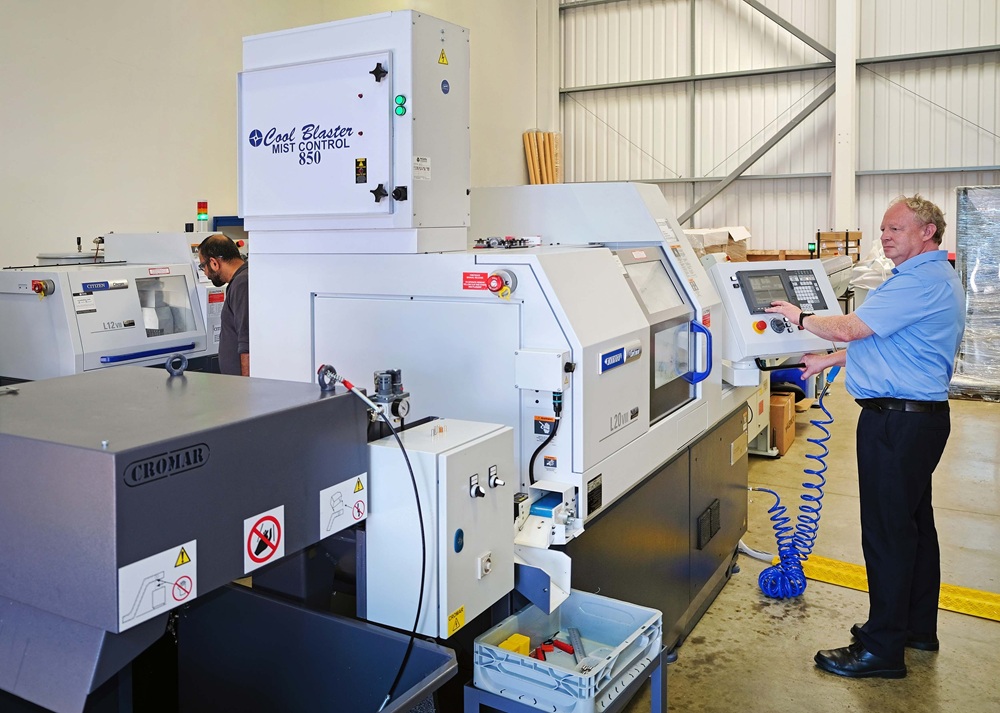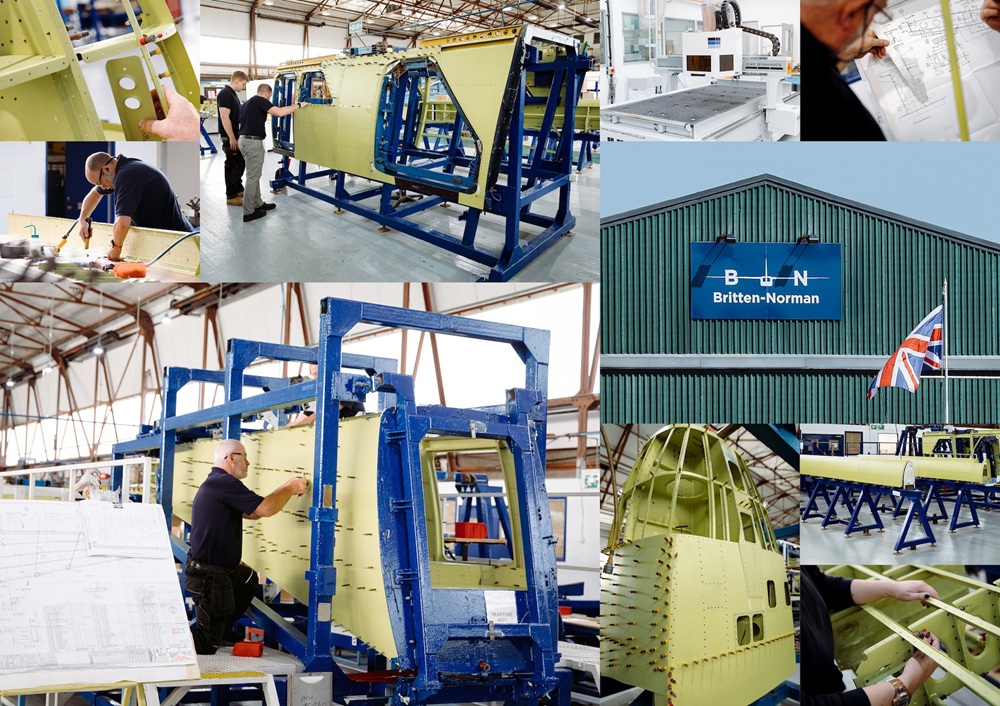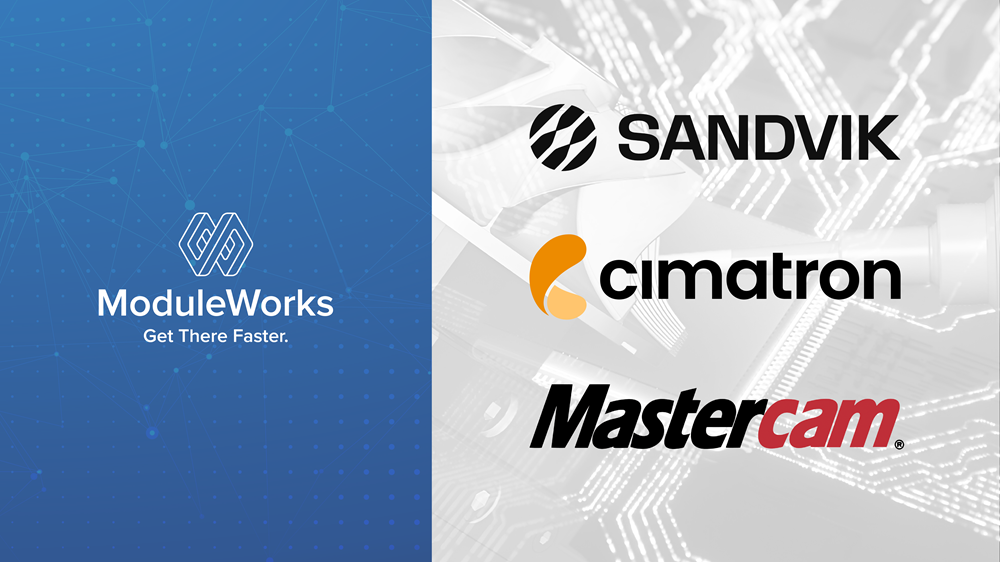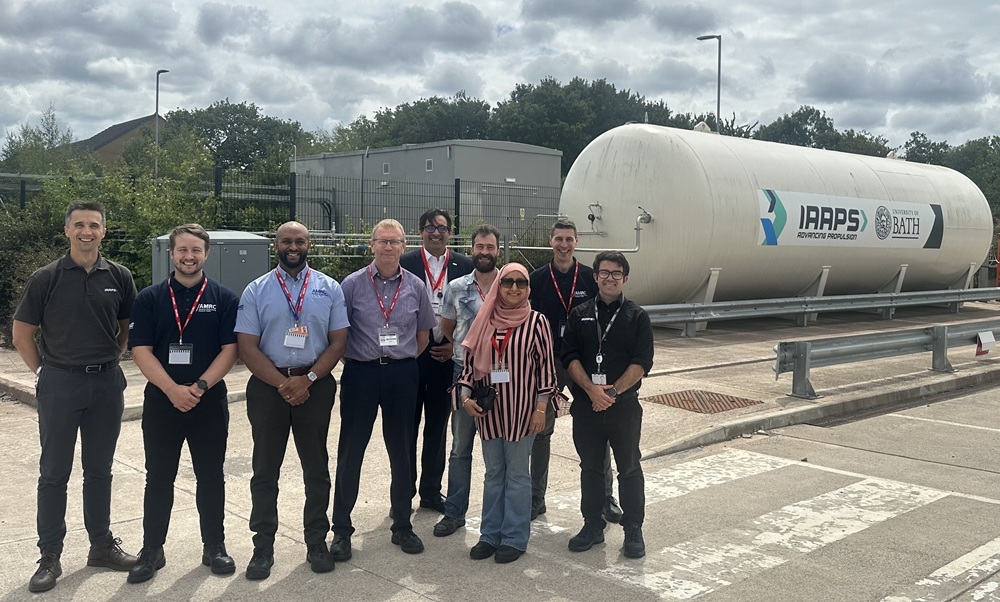Mills CNC has introduced a new range of heavy-duty vertical turning centres into the market. The PV 6300 series, comprising two different models, bridges a gap in the market, slotting between DN Solutions’ smaller Puma PV 400 series of vertical turning centres and the company’s large PV 8300 and PV 9300 ranges. It is aimed at component manufacturers machining mid-sized parts – such as discs, rings, wheels, hubs and housings – for heavy-duty aerospace, automotive, oil and gas, and power generation applications.
The two-axis PV 6300 and the PV 6300M, a vertical turning centre with driven tooling capabilities (5000 rpm), have a box guideway design and reinforced spindle motors. This design ensures high-precision and reduced vibration when machining hard and difficult-to-machine materials that include heat-treated stainless steels and corrosion-resistant super alloys.
With up to 18” chuck sizes, PV 6300 and PV 6300M vertical turning centres are supplied with 26 kW/2000 rpm/1116 Nm spindles as standard, allowing end users to ramp up speeds and feeds and take more aggressive depths of cut as a route to boosting their productivity. Higher spindle power (up to 37 kW) and higher spindle torque (1638 Nm) options are also available.
Both machine models have a maximum turning diameter of 630 mm and a maximum turning length/height of 600 mm. Linear scales are available as an option, ensuring that high precision and positional accuracies are achieved and maintained.
In addition to their fast and accurate servo-driven 12-station turrets, PV 6300/6300M machines can be equipped, as an option, with an additional eight-tool position (CAPTO C6) ATC to help improve productivity and process efficiencies.
More information www.millscnc.co.uk






